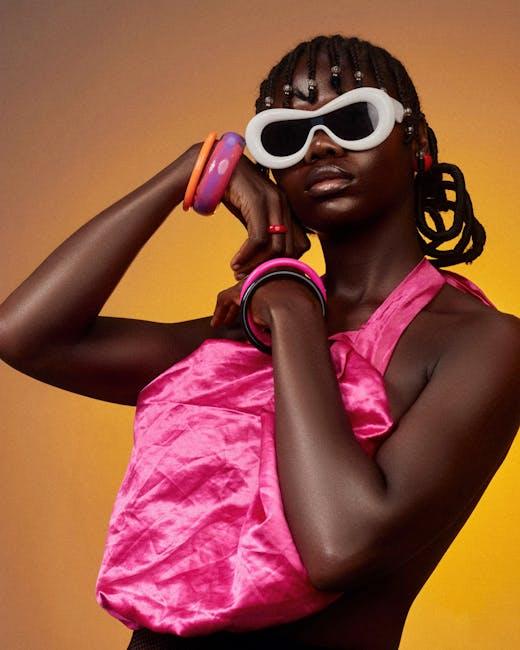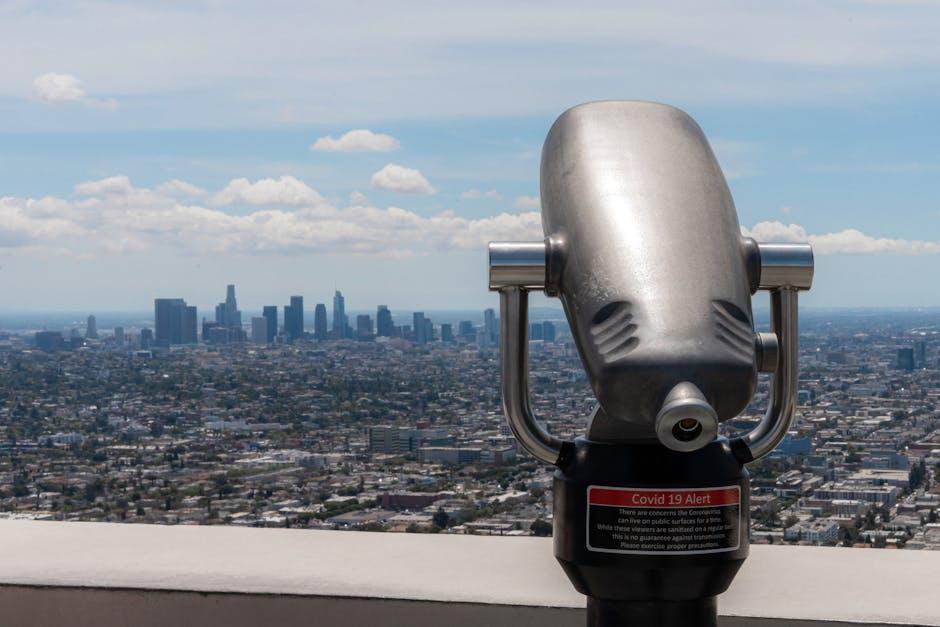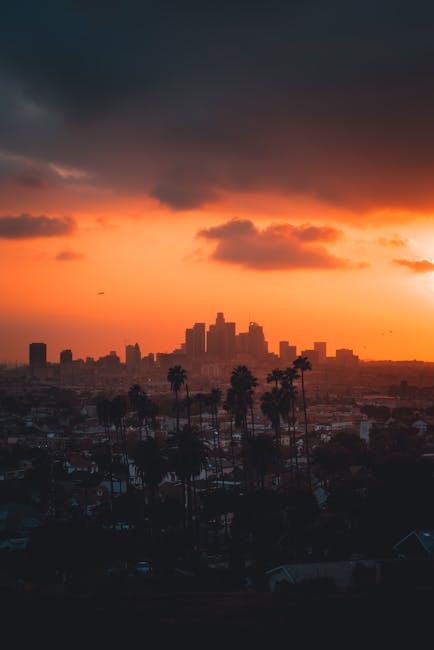In the realm of contemporary cinema, few films have captivated audiences with as much visual splendor as Damien Chazelle’s “La La Land.” At the heart of its allure lies an extraordinary use of color—a deliberate and strategic choice that transcends mere aesthetics to become a narrative force of its own. This article delves into the film’s production design, unraveling how its vibrant palette not only sets the tone but also underscores the emotional journey of its characters. Through a meticulous analysis, we explore how color serves as a storytelling device, enriching the film’s thematic depth and enhancing its cinematic experience.
Color Symbolism and Emotional Resonance
In La La Land, color is wielded with precision to evoke emotion and deepen narrative impact. The film employs a vibrant palette to reflect the inner worlds of its characters, using hues as emotional barometers. Mia‘s journey is often bathed in warm tones, such as yellows and reds, symbolizing her passion and dreams. Sebastian, on the other hand, is frequently surrounded by cooler blues, underscoring his introspective and sometimes melancholic nature. This juxtaposition not only highlights their individual paths but also the harmony and discord in their relationship.
- Red: Represents love and ambition, often seen in scenes of emotional intensity.
- Blue: Symbolizes nostalgia and longing, mirroring Sebastian’s connection to jazz.
- Yellow: Conveys hope and creativity, aligning with Mia’s aspirations.
- Green: Suggests growth and transformation, marking pivotal moments in the narrative.
By weaving these colors into the fabric of the film, the production design not only enhances the aesthetic appeal but also reinforces the emotional undercurrents, allowing viewers to feel the highs and lows of the characters’ journeys on a visceral level.

Crafting Atmosphere Through Bold Palettes
In La La Land, color is not just a visual element but a narrative force that shapes the viewer’s emotional journey. The film’s bold palette serves as a storytelling device, transforming each scene into a vivid expression of emotion and mood. By embracing a spectrum of vibrant hues, the production design crafts a world where dreams and reality intertwine seamlessly.
- Primary Colors: The use of primary colors—red, blue, and yellow—plays a pivotal role in distinguishing characters and their arcs. These colors are strategically used to highlight moments of passion, melancholy, and hope.
- Contrasting Tones: Scenes are often set against contrasting backgrounds, allowing the colors to pop and resonate, enhancing the narrative tension or harmony.
- Symbolic Hues: Each hue carries symbolic weight; for instance, the recurring use of blue reflects both aspiration and introspection, creating a duality that mirrors the protagonists’ struggles.
The film’s production design, with its meticulous attention to color, ensures that each frame is not just seen but felt, allowing the audience to immerse themselves fully in the whimsical yet poignant world of La La Land.

Character Development Through Color Cues
In La La Land, color is a powerful tool for illustrating character evolution. As Mia and Sebastian navigate their aspirations and relationship, the hues surrounding them serve as visual markers of their emotional states and growth. Mia’s wardrobe, for instance, transitions from vibrant yellows and blues during her early, hopeful auditions to more subdued tones as she confronts the challenges of her career. This shift not only reflects her internal journey but also mirrors her increasing maturity and depth.
Similarly, Sebastian’s environment is drenched in deep, passionate reds and purples, symbolizing his unwavering dedication to jazz. These colors are not static; they change in intensity as he grapples with compromises and personal setbacks. The use of color extends beyond clothing and settings; it becomes a narrative device. The film employs contrasting palettes to signify pivotal moments, such as the juxtaposition of warm, romantic hues during their courtship against the cooler, more isolated tones that highlight their individual paths. This deliberate use of color cues not only enriches the visual storytelling but also deepens the audience’s connection to the characters’ journeys.
- Wardrobe Transitions: From vibrant to subdued.
- Environmental Colors: Reflect dedication and change.
- Contrast in Palettes: Signifies emotional and narrative shifts.

Recommendations for Future Filmmakers
- Embrace Bold Color Choices: Future filmmakers should consider the power of vibrant colors to evoke emotions and create a distinct atmosphere. “La La Land” uses a rich palette to highlight moments of joy, tension, and nostalgia. By strategically selecting colors that resonate with your narrative, you can guide the audience’s emotional journey and enhance storytelling depth.
- Integrate Color with Character Development: In “La La Land,” color is not just a visual tool but a narrative one. Notice how characters are often associated with specific hues that reflect their arcs and emotional states. Filmmakers should think about how color can be intertwined with character development, using it as a subtle yet powerful storytelling device.
- Experiment with Contrast and Harmony: The film’s production design cleverly uses contrasting and harmonious colors to underscore thematic elements. Aspiring filmmakers should explore how juxtaposing different shades can create visual tension or harmony, enriching the cinematic experience.

